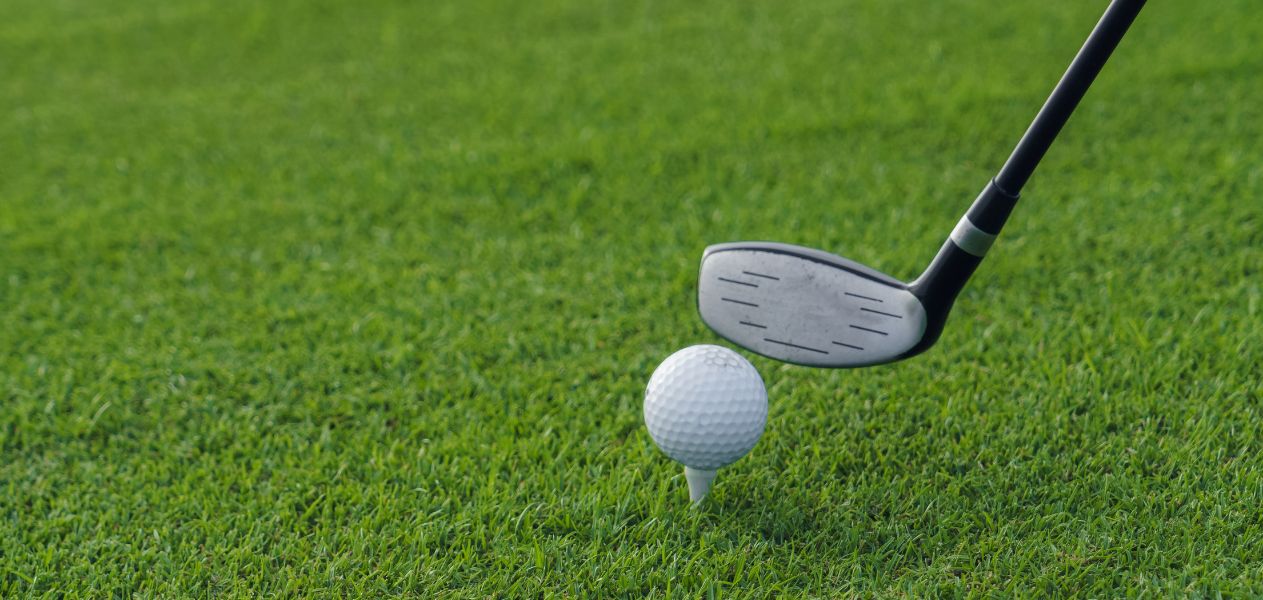How to clean your irons and why it's important
Knowing how to clean your golf clubs will provide optimum performance without having to spend forever scrubbing them.
Dirty golf clubs don’t just look untidy, they actually have a serious impact on performance. Even the best forgiving golf irons won’t perform as they should if there is dirt on the face or in the grooves.
Why cleaning your clubs matters
A launch monitor test showed just how stark the difference in performance is between clean and dirty golf clubs. Shots hit with dirty grooves lost 7mph (5.5%) of ball speed, saw backspin drop from 5,399rpm to 2,566rpm (52.5%), flew six yards lower, and landed with a much shallower descent angle.
The dirty iron actually generated an extra 3 yards of carry distance, but that’s because the spin rate was more akin to what you’d expect with a driver than a 7-iron. The extra yardage is certainly not worth the cost of a shallow descent angle and lack of spin, which would make it very difficult to hold a green.
How to clean your golf clubs
1. Wipe your golf club after every shot
Giving your golf club a good wipe with a towel – ideally a damp one – not only means that the club will be ready for action if you use it again in the same round, it also minimises the build-up of dirt, which means you don’t need to fully clean your golf clubs as often and it shouldn’t take as long when you do.
2. Soak your golf clubs in soapy water
Fill a bucket or washing up bowl with warm, soapy water, and stand your clubs up so the heads are submerged. Try to keep the ferrule and above out of the water, as you don’t want water to get inside and potentially melt the glue that attaches the clubhead to the shaft (though this is unlikely). Allow them to soak for 5-10 minutes.
3. Clean the grooves with a brush
Use a brush to scrub the clubface, removing all dirt from inside the grooves. You can buy specialist golf club cleaning brushes, but a toothbrush or washing-up brush will also do the trick. Soaking the clubs will have softened up the dirt so you shouldn’t need to scrub too hard, but don’t be afraid of giving them a good going over – unless you’re using a really firm, wire brush, you won’t scratch or mark the metal. You can even use a tee peg, if it helps remove any particularly stubborn dirt.
Drivers, fairway woods, and hybrids don’t tend to gather dirt in the same way as irons and wedges but if you are scrubbing those types of clubs, be more gentle as they’re more likely to get marked or scratched – use a sponge or towel instead of a brush.
4. Give the club one last wash
If there’s any dirt left on the club, give it another dip in the warm water and then wipe it clean with a towel. This is good time to give the sole of the club a good wipe to make sure it’s looking nice and clean, too.
How often should you clean your golf clubs?
If you’re a perfectionist who wants to maximise every “marginal gain”, you’ll clean your golf clubs between every round. But every two or three rounds is plenty for most golfers, particularly if you’re using a towel after every shot.

